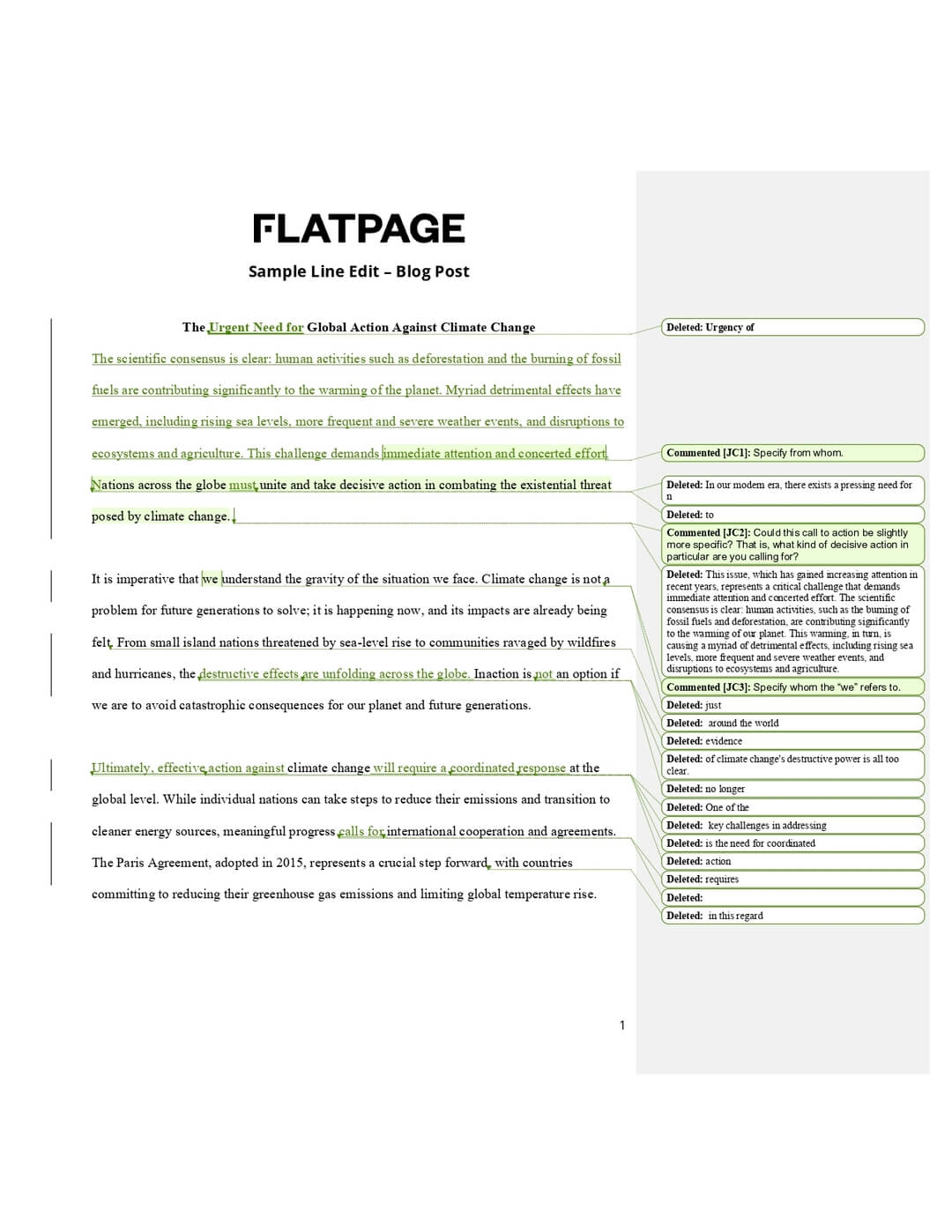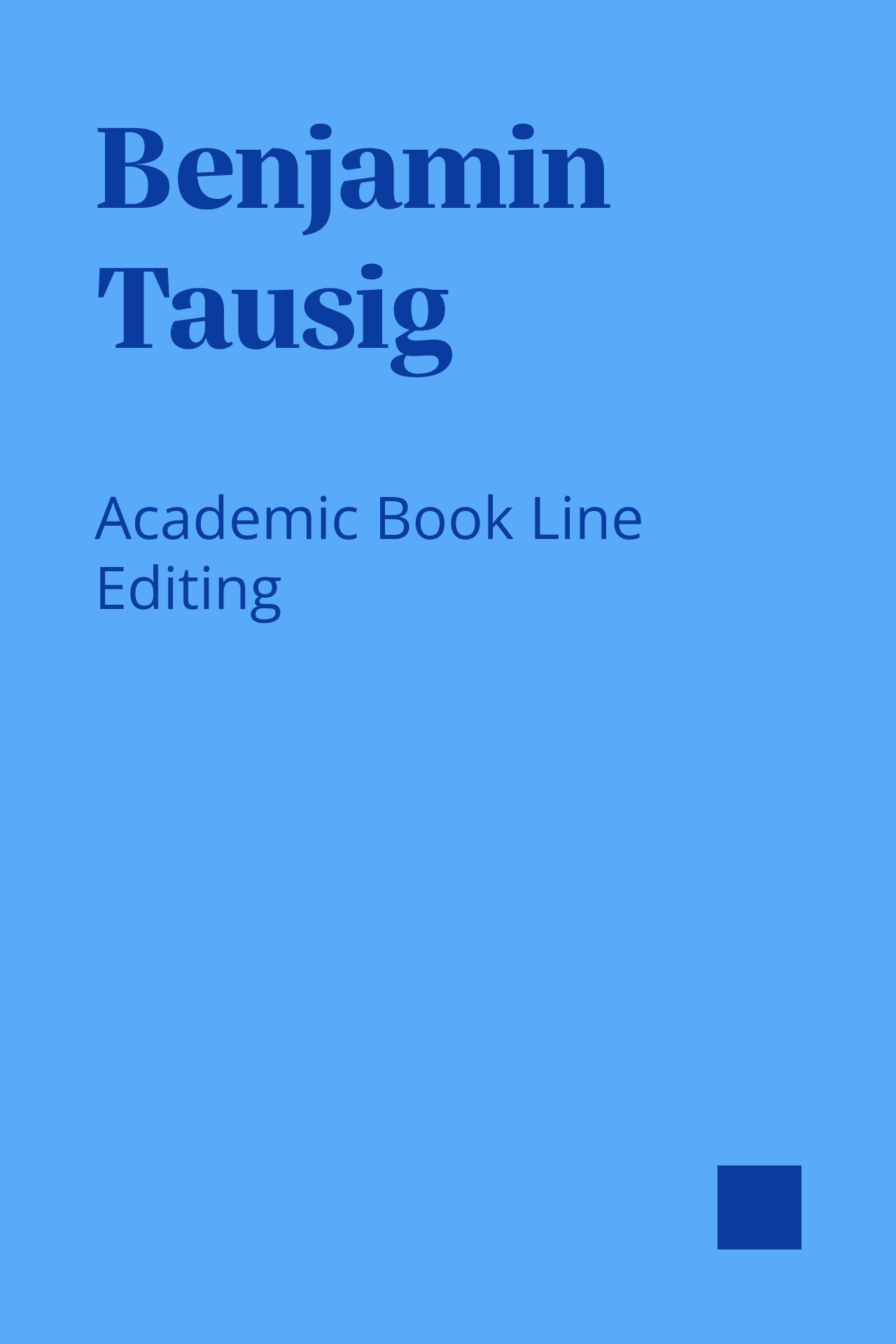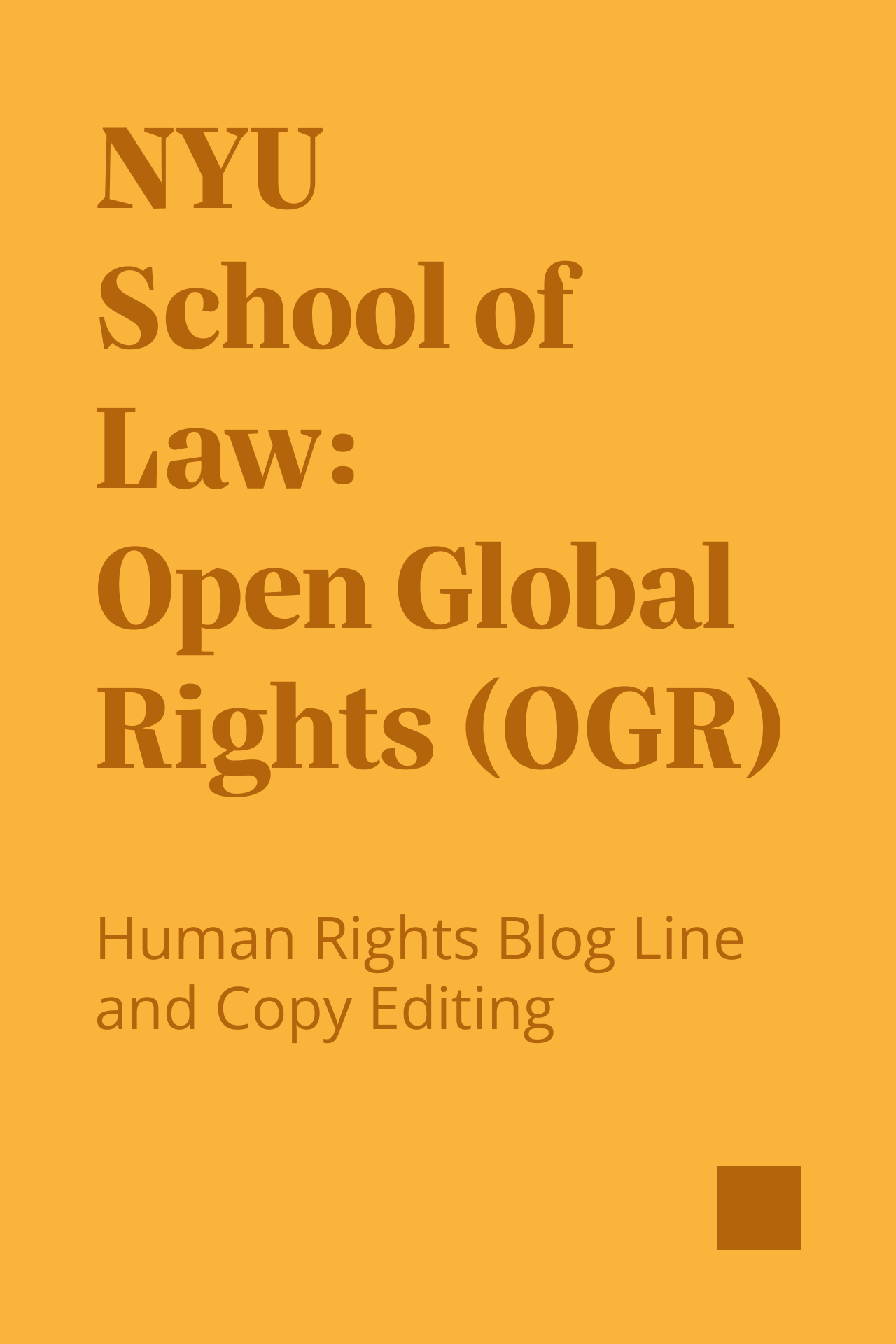Line Editing
When you need to improve your writing style to connect to readers.
Line editing is used to improve the art and style of your writing so that your writing is effective and engaging for your target audience. Line editors address issues with writing at the sentence level, going line by line to ensure that your text is tight and clear. This service is often the most helpful for authors who struggle to write in a way that engages readers or who need assistance in implementing major revisions.
Line editing services
Typical projects
Price
Includes
When
Turnaround
Sample
Sample Line Edits
Line editing involves heavy editing to your text, including tracked changes and comments.
In this sample blog post, our editor provided feedback on the content and structure so the author could engage a wider audience.
In this academic essay, the editor was tasked with smoothing the language to connect with scholarly readers.
The editor of this sample edit on an academic essay was required to dramatically reduce the word count.

-
1. Sample Line Edit Blog
Download PDF -
2. Sample Line Edit General Academic
Download PDF -
3. Sample Line Edit Word Count
Download PDF
Editorial Portfolio
Benjamin Tausig

Dijana Ihas

NYU School of Law, Open Global Rights (OGR)

Contact the team at Flatpage by clicking below. Book a free consultation and get 10% off your first service!


